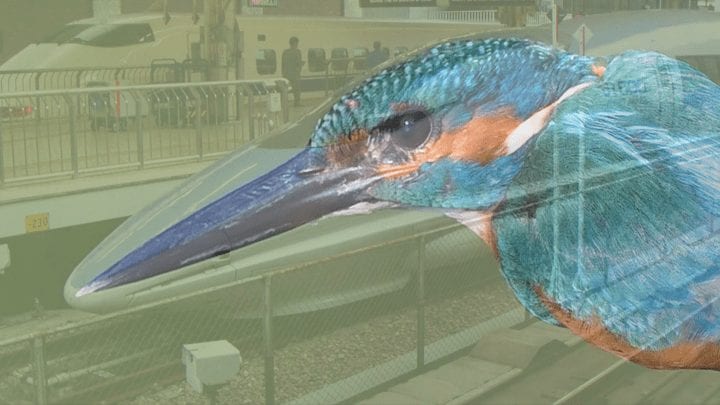Explore resources for teaching engineering concepts and practices using the story of a flexible robotic arm inspired by the muscles in elephants’ trunks.
The Story
Festo, a German company that specializes in automation, has created a new type of robotic arm that is lightweight, flexible, and resilient. In a factory setting, traditional robotic arms made from heavy metal can be very dangerous for people to work around. Festo’s Bionic Handling Assistant solves this problem with inspiration from the elephant’s trunk. There are no bones in an elephant’s trunk. Instead, there are roughly 40,000 muscle bundles that work together to provide an appendage that can be soft and flexible, while also transmitting large forces and performing precise motions in 3 dimensions. Instead of muscles, Festo’s design uses hollow, air filled plastic chambers that are inflated and deflated to control the arm’s movements and give it a range of motion similar to the trunk. The air-filled arm is also much safer for workers to interact with and can be used in settings such as laboratories and hospitals where traditional robotic arms may not be appropriate.
Biological Strategy and Innovation
Learn more about this strategy and the innovation it has inspired on these AskNature pages.
Recommended Teaching Resources
Use these resources to engage students in this topic and make connections to engineering design.







